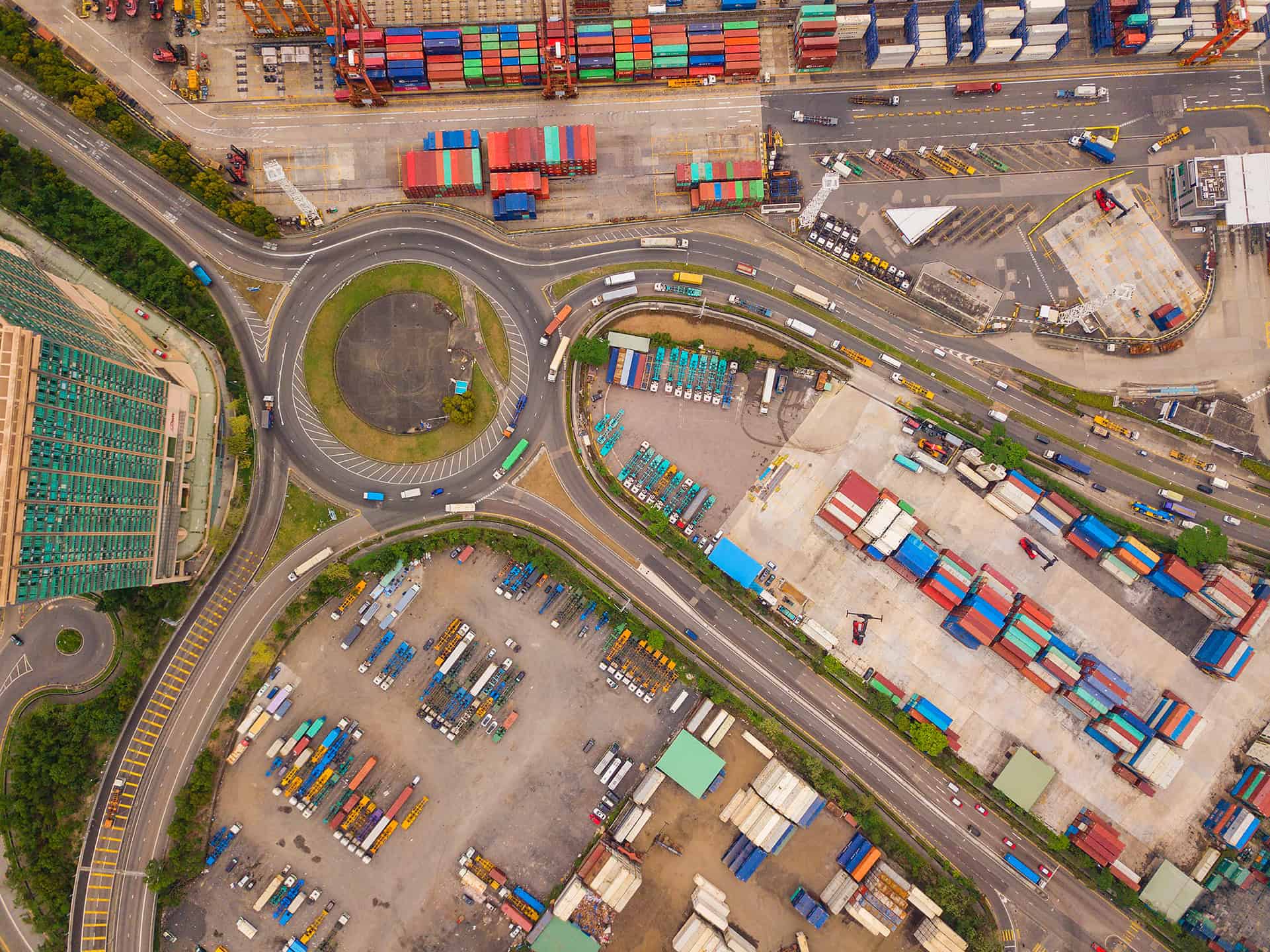Latest report highlights ripple effects of ongoing turmoil at key ports as primary cause of extended transit times and booking delays
DALLAS – Jan. 31, 2025 – E2open Parent Holdings, Inc. (NYSE: ETWO), the connected supply chain SaaS platform with the largest multi-enterprise network, has published the latest edition of its Ocean Shipping Index, a quarterly benchmark report that provides insight for decision-making around global ocean shipments. The report reveals that the global average time for ocean shipments in Q4 2024 averaged 68 days, up eight days compared to Q4 2023. The most significant contributor to the year-over-year (YoY) increase is actual transit time, alongside extraordinary volatility that has created a complex landscape for businesses dependent on ocean freight.
The e2open Ocean Shipping Index empowers shippers with data-driven insights to proactively navigate supply chain challenges. The quarterly report is based on ocean shipping activity in e2open’s vast network of over 480,000 connected enterprises and managing billions of transactions and more than 70 million containers annually. Providing details down to booking date, e2open’s Ocean Shipping Index arms the market with unique and timely insights for proactive and optimal decision-making.
“Economic headwinds, geopolitical turbulence and uncertain trade routes are creating unprecedented disruptions within the ocean shipping industry. From continued Red Sea diversions to port congestion and labor unrest, businesses face a complex landscape of obstacles, all while grappling with possibility of new U.S. tariffs,” says Pawan Joshi, chief strategy officer (CSO) at e2open. “We can expect these ongoing issues will be exacerbated by the Lunar New Year holiday, as businesses relying on Asian suppliers often rush to place orders, adding strain to their supply chains. Companies that prioritize resilience and agility will be best positioned to navigate anticipated and unexpected disruptions, while helping ensure goods move smoothly through an increasingly volatile system.”
Key takeaways from the latest e2open Ocean Shipping Index report covering the fourth quarter of 2024 include:
- Actual transit times contributed heavily to YoY duration increases, with Asia to Europe (+12 days) and South America to North America (+11 days) routes showing the largest impact.
- South America to North America showed significant YoY duration increases, exhibiting the highest YoY increase (+19 days) YoY. This is attributed to prolonged booking processes alongside lengthy transit times, which present major difficulties for shippers. North America to South America total time was up five days from the last quarter and 11 days YoY.
- Europe to Asia averaged 83 days overall, an increase of 11 days from the comparable quarter last year, with actual transit time of nine being the most significant contributor to the increase YoY. Asia to Europe averaged 80 days overall, an increase of 16 days YoY, the most significant contributor being actual transit time (12 days).
- Shipping routes between Asia and South America saw an extended average of 85-86 days, among the longest durations globally, with longer transit and booking times as primary drivers.
- North America to Asia shows mixed trends, averaging 85 days from booking to clearing the gate at the final port – down by one day compared to last quarter, but up seven days YoY.
- Overall, global ocean shipments averaged 68 days from initial booking to clearing the gate at the final port, an increase of eight days from the duration in Q4 2023 (60 days).
Read the full e2open Ocean Shipping Index for additional data points and insights; view and subscribe at e2open.com. This report is one of several benchmark reports available from e2open to help companies manage increasingly complex and rapidly shifting global supply chains.
About e2open
E2open is the connected supply chain software platform that enables the world’s largest companies to transform the way they make, move, and sell goods and services. With the broadest cloud-native global platform purpose-built for modern supply chains, e2open connects more than 480,000 manufacturing, logistics, channel, and distribution partners as one multi-enterprise network tracking over 16 billion transactions annually. Our SaaS platform anticipates disruptions and opportunities to help companies improve efficiency, reduce waste, and operate sustainably. Moving as one.™ Learn More: www.e2open.com.
E2open and “Moving as one.” are the registered trademarks of E2open, LLC. All other trademarks, registered trademarks and service marks are the property of their respective owners.
###
Contacts
Media Contact:
5W PR for e2open
e2open@5wpr.com
408.504.7707
Investor Relations Contact:
Russell Johnson
russell.johnson@e2open.com
investor.relations@e2open.com
Corporate Contact:
Kristin Seigworth
VP Communications, e2open
kristin.seigworth@e2open.com
pr@e2open.com




